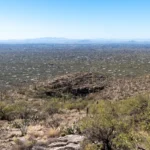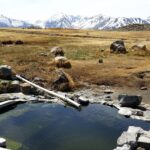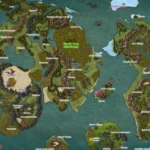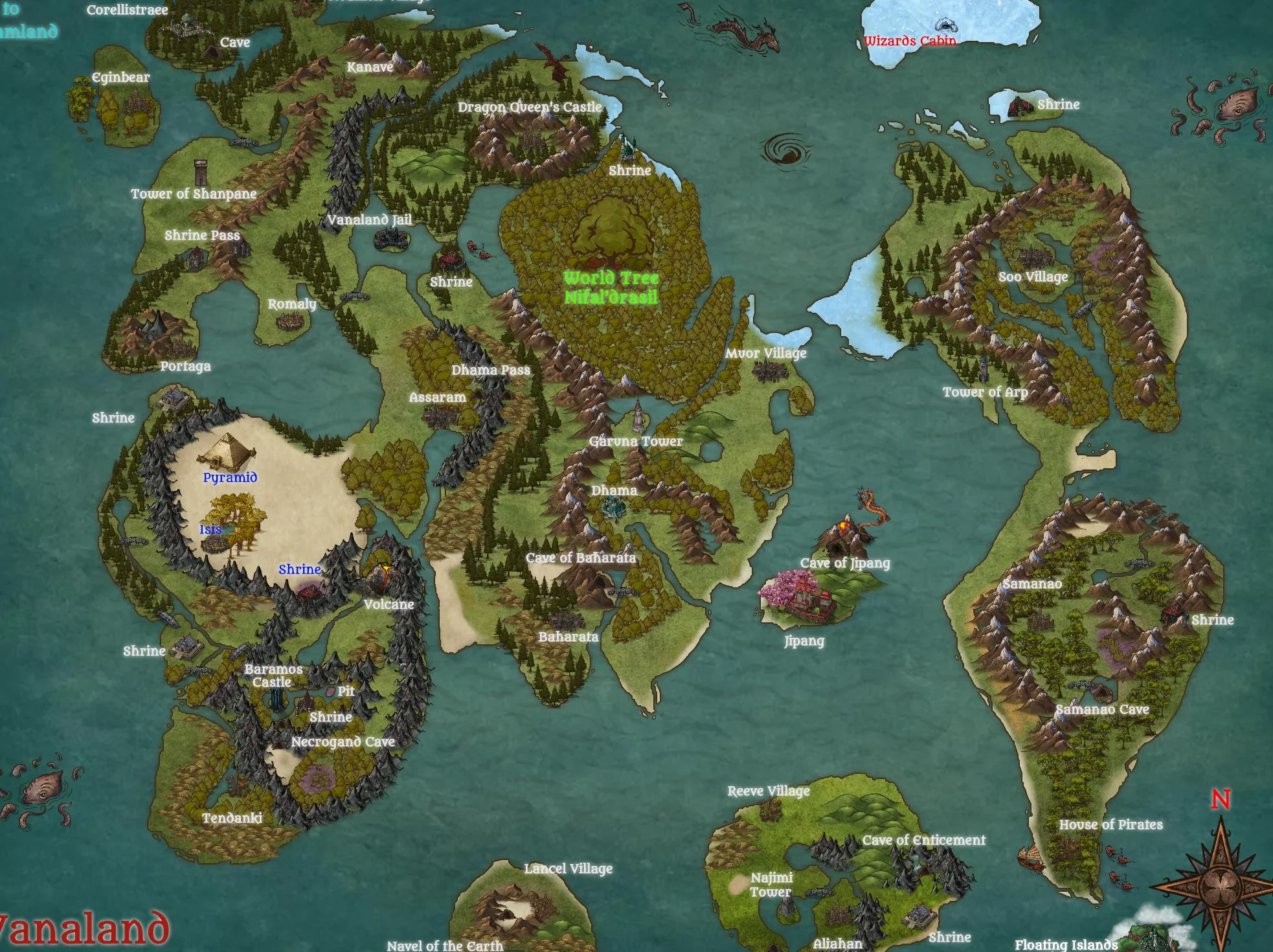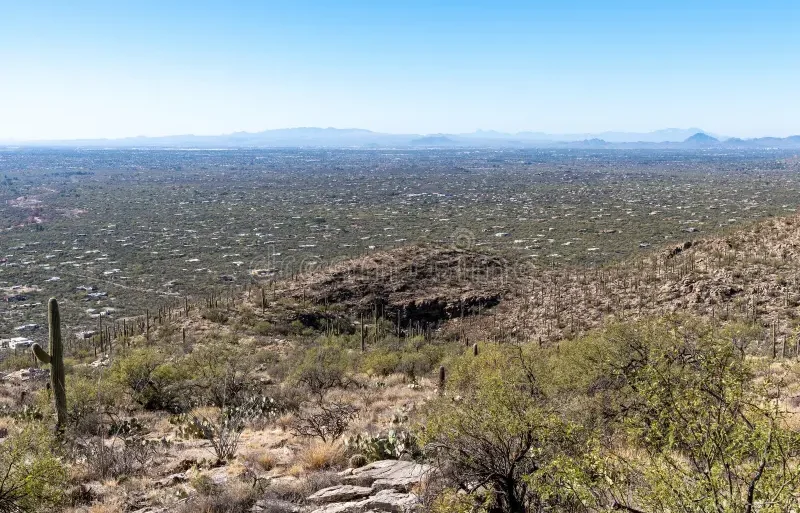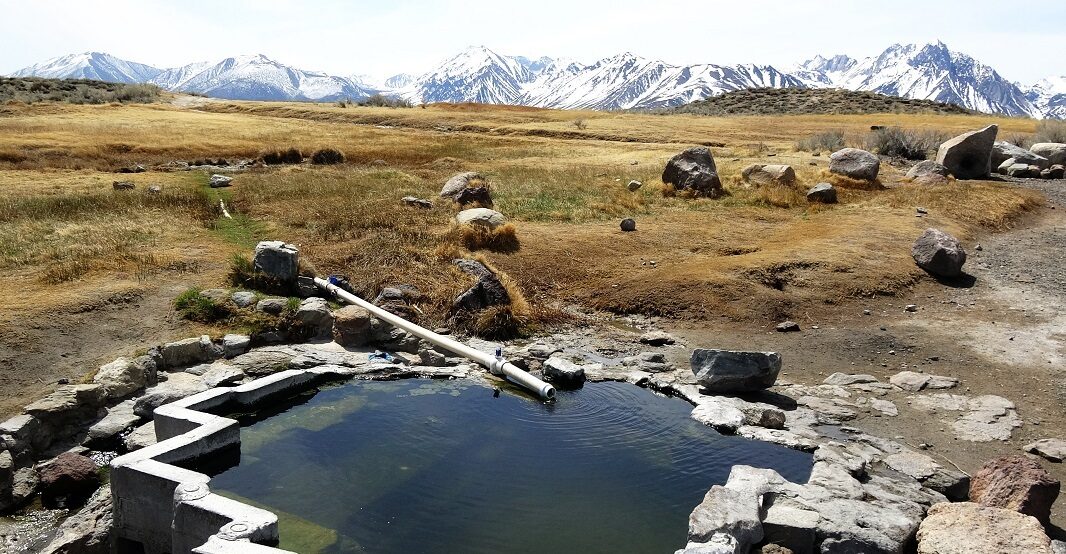Dragon Quest 3 map has long been one of the most iconic features in classic role-playing games. Released originally on the Famicom (NES) in 1988, Dragon Quest III: The Seeds of Salvation introduced a massive, interconnected world that pushed the boundaries of what RPGs could deliver at the time. Its map wasn’t just a collection of random towns and dungeons—it was a carefully designed globe that mirrored Earth, filled with secrets, monsters, and treasures waiting to be discovered.
In this article, we’ll dive deep into the world of Dragon Quest 3 map, explore its regions, hidden details, importance to the gameplay, and how players can make the most of this legendary RPG setting. Whether you’re a newcomer or a veteran revisiting the game, understanding the Dragon Quest 3 map is essential for mastering the adventure.
The Importance of the Dragon Quest 3 Map
The Dragon Quest 3 map is more than just a guide to locations—it is the backbone of the player’s journey. Unlike many RPGs that came before, Dragon Quest III introduced a globe-like world design where players could travel across oceans, discover continents, and encounter different cultures.
Some of the key reasons the map stands out include:
- Exploration Freedom: After reaching a certain point in the story, players can freely explore almost any part of the world.
- Mirroring Earth: The world closely resembles real-world geography, which was innovative for its time.
- Strategic Travel: Understanding the Dragon Quest 3 map helps players plan routes, find hidden dungeons, and avoid overly powerful monsters.
Major Regions in the Dragon Quest 3 Map
To fully appreciate the map, it’s important to recognize the different regions and what they represent. Below are the highlights of the most important areas:
1. Aliahan – The Starting Kingdom
The adventure begins in Aliahan, a peaceful land where the hero is born. This region acts as a tutorial zone, preparing players for the challenges that await.
2. Romaria
A lively kingdom located northwest of Aliahan, Romaria introduces players to more complex quests. It also gives players their first sense of how vast the Dragon Quest 3 map really is.
3. Portoga
Situated in a position similar to Portugal, Portoga is essential for unlocking sea travel. Once players acquire a ship here, the map truly opens up, allowing global exploration.
4. Isis
This desert kingdom mirrors Egypt. It contains a pyramid dungeon filled with traps and treasures, demonstrating the game’s mix of culture-inspired locations.
5. Jipang
Modeled after Japan, Jipang is home to unique storylines and legendary weapons.
6. Alefgard
Fans of the first Dragon Quest will immediately recognize Alefgard. This nostalgic inclusion connects Dragon Quest III’s world with the events of the original game, bridging the series together.
Secrets Hidden in the Dragon Quest 3 Map
One of the reasons players still discuss the Dragon Quest 3 map decades later is its secrets. Some examples include:
- Hidden Shrines: Scattered across the globe are mysterious shrines that often contain powerful items or transport you to new areas.
- Optional Islands: Tiny islands may seem insignificant at first, but many hide rare monsters or treasures.
- Legendary Weapons: Several ultimate weapons, such as the Sword of Kings, can only be obtained by searching carefully across the map.
- Class Change Shrines: Certain locations allow players to change their party members’ classes, dramatically affecting gameplay strategy.
How to Navigate the Dragon Quest 3 Map
Traveling across such a vast map might feel overwhelming at first. Here are some strategies to keep in mind:
- Use a Ship Wisely: The ship opens up new regions, but it also exposes you to stronger monsters. Stock up on healing items before setting sail.
- Remember Key Locations: Towns and inns act as safe havens. Make mental notes (or physical maps) of their positions.
- Seek Landmarks: Many dungeons and shrines are hidden, but landmarks like forests, rivers, and deserts can help guide you.
- Save Often: Exploring new areas of the Dragon Quest 3 map can be risky, so save your progress when possible.
Why the Dragon Quest 3 Map Still Matters Today
Even decades after its release, the Dragon Quest 3 map remains a legendary design in RPG history. Modern games often provide fast travel, quest markers, and simplified maps, but Dragon Quest III encouraged true exploration. Its sense of discovery, challenge, and reward inspired countless RPGs that followed.
When the game was remade for platforms like the Super Famicom, Game Boy Color, and mobile devices, the Dragon Quest 3 map remained mostly unchanged. This demonstrates its timeless quality and importance in gaming history.
Tips for Modern Players Exploring the Map
If you’re playing one of the modern ports of Dragon Quest III, here are some additional tips:
- Consult Fan Maps: While part of the fun is discovery, fan-made maps can help when you’re stuck.
- Experiment with Classes: Since the map encourages backtracking, changing classes can make revisiting old areas exciting again.
- Take Your Time: Don’t rush the story—exploring every corner of the map will reward you with hidden treasures and stronger gear.
Conclusion
The Dragon Quest 3 map is a masterpiece of RPG design, offering a blend of exploration, challenge, and nostalgia. Its Earth-inspired layout, hidden secrets, and interconnected regions make it one of the most memorable maps in gaming history. For players old and new, mastering the Dragon Quest 3 map is key to enjoying the full experience of The Seeds of Salvation.
FAQs About the Dragon Quest 3 Map
Q1. Why is the Dragon Quest 3 map so famous?
The Dragon Quest 3 map is renowned for being one of the first globe-like RPG maps, mirroring real-world geography and offering unmatched freedom of exploration for its time.
Q2. Does the Dragon Quest 3 map connect to other games in the series?
Yes. The inclusion of Alefgard ties Dragon Quest III directly to the events of the first game, creating a legendary prequel connection.
Q3. Are there hidden locations on the Dragon Quest 3 map?
Absolutely. The map contains shrines, islands, and dungeons that players can easily miss if they don’t explore thoroughly.
Q4. Can modern players still enjoy exploring the map?
Yes. The remakes keep the Dragon Quest 3 map intact, allowing modern audiences to experience the same adventurous world that captivated fans decades ago.
Q5. What’s the best strategy for navigating the map?
The best approach is to take your time, use ships wisely, and make note of safe towns. Preparation and curiosity are the keys to mastering the Dragon Quest 3 map.
